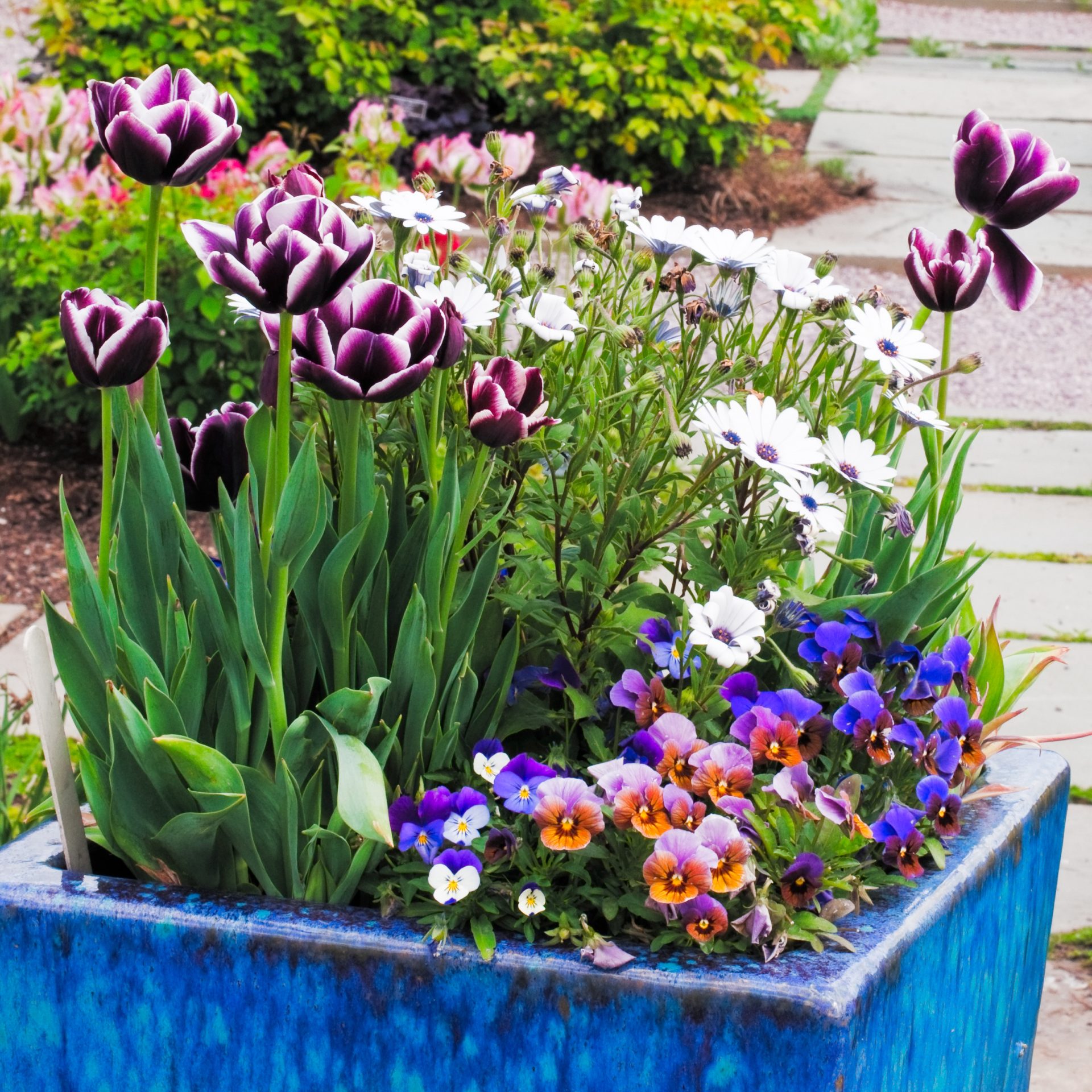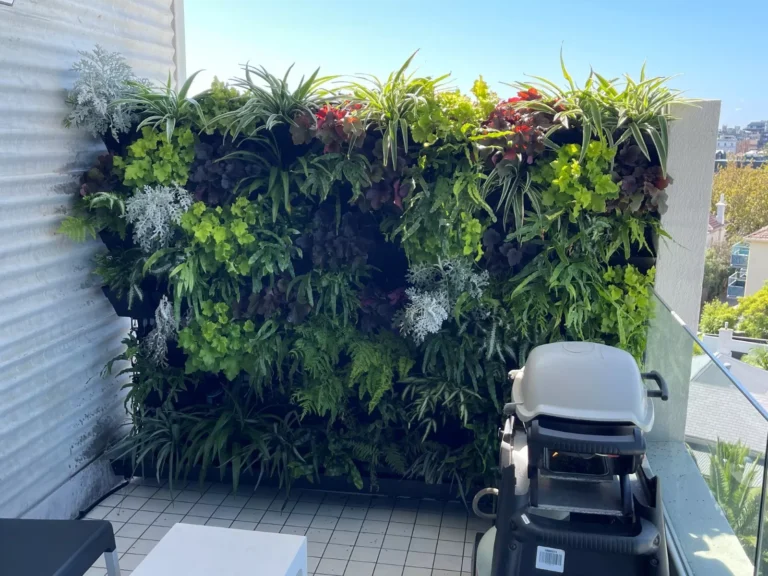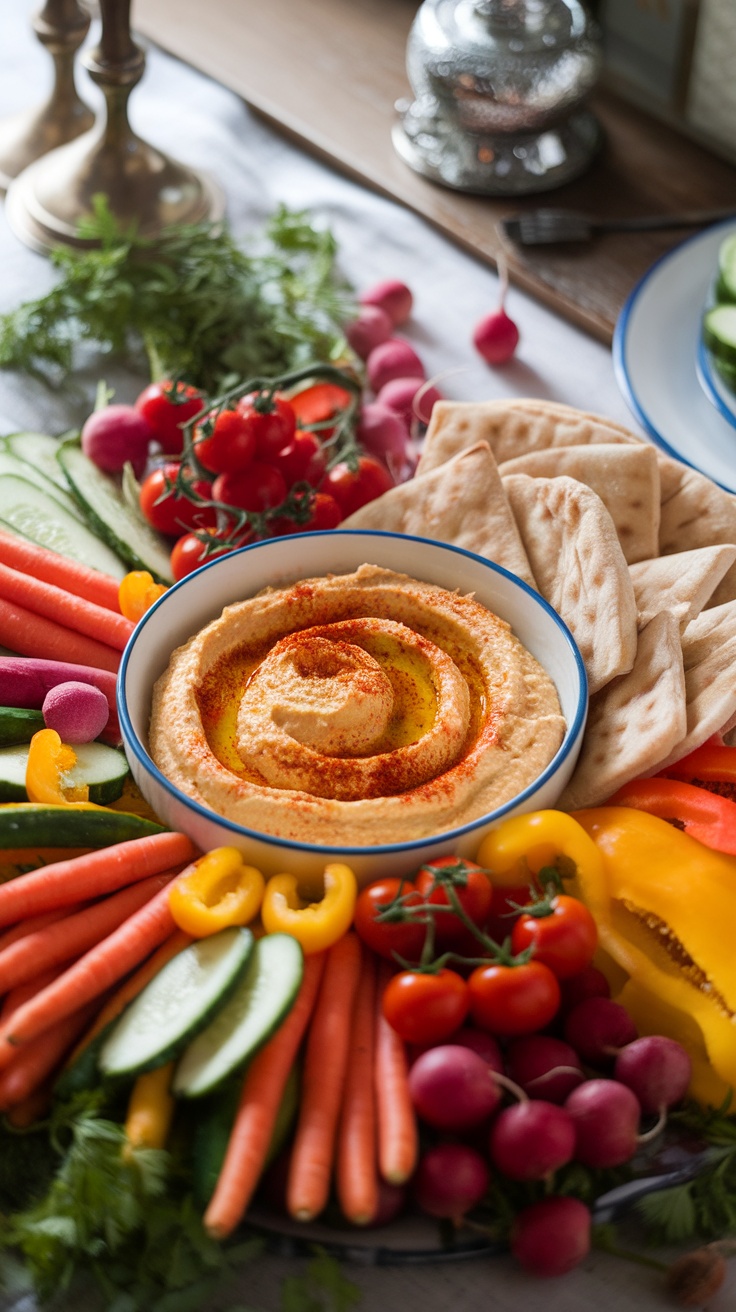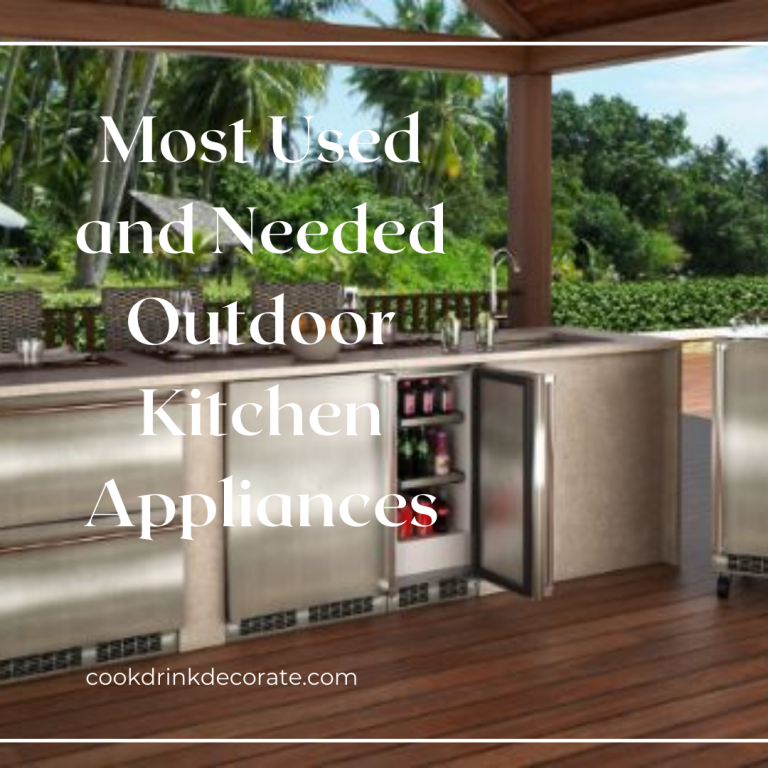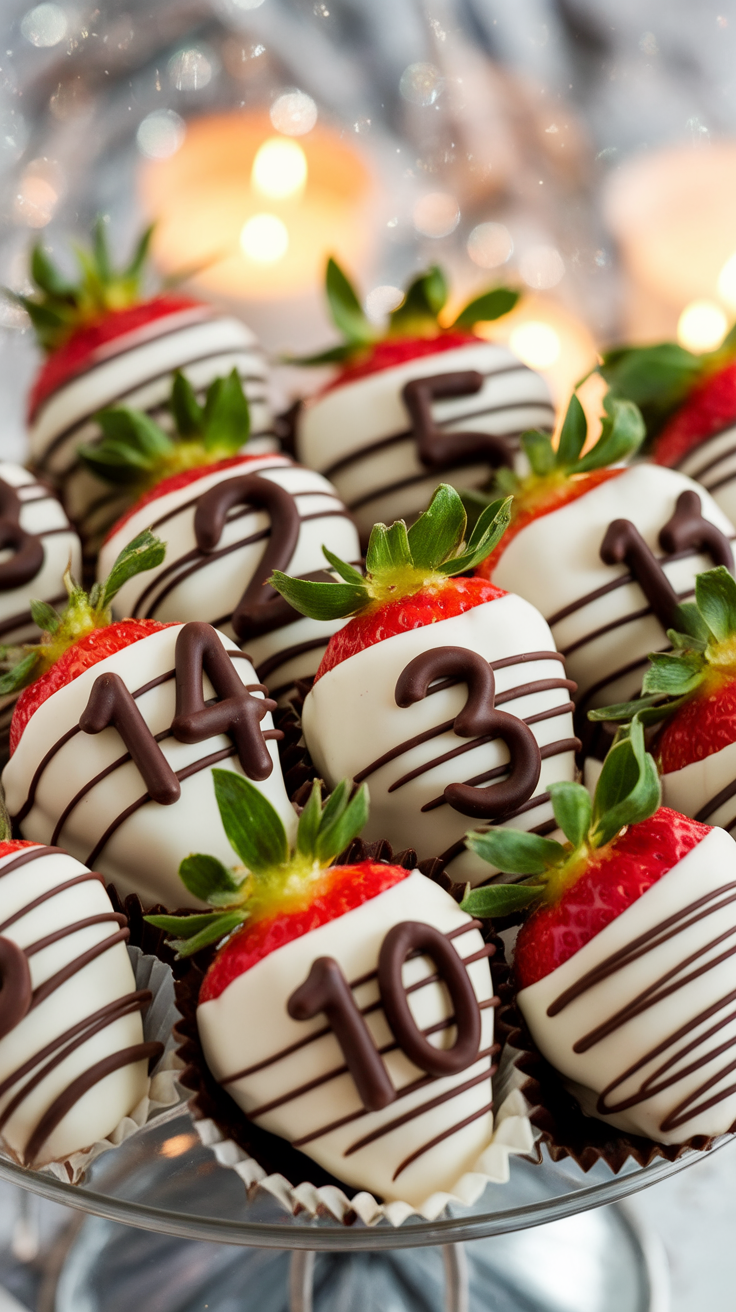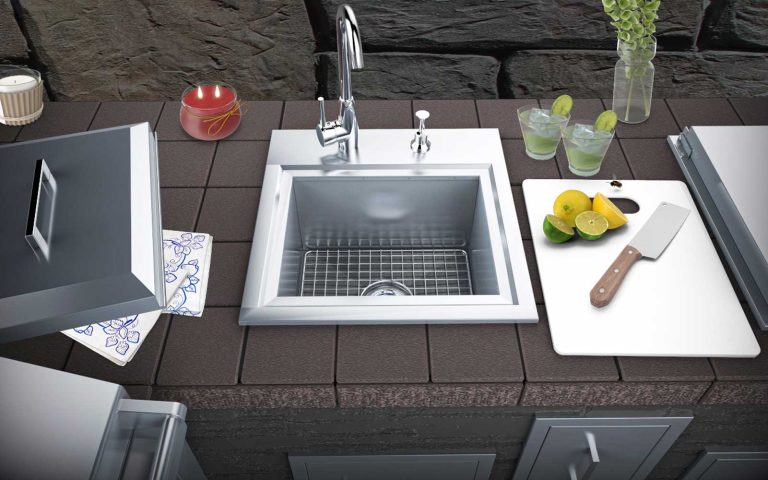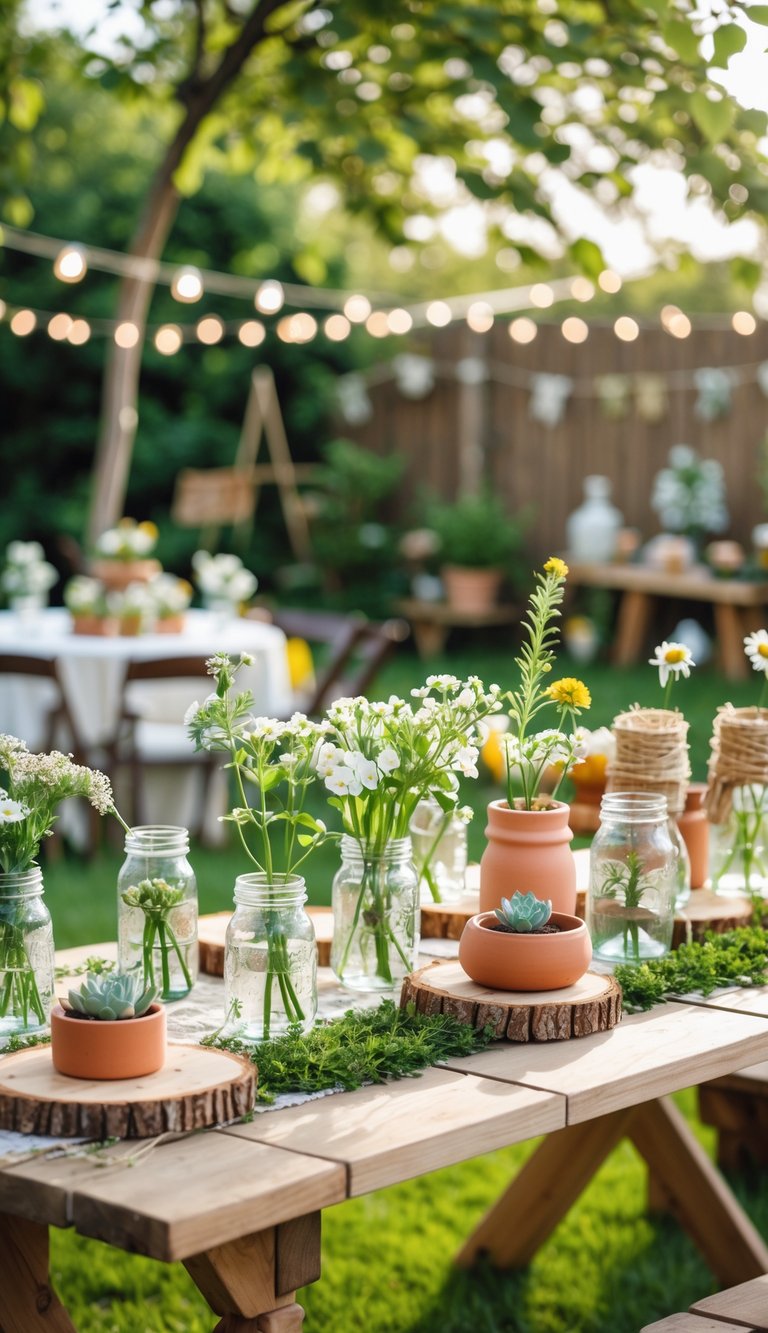Backyard Container Gardening for Beginners
Decorating Your Outdoor Spaces with Jaw-Dropping Containers
A complete guide to container gardens
Does the prospect of walking into a local garden center overwhelm you with too many options for your landscape, patio or urban garden? Need some help creating show-stopping containers with dazzling combinations of leaves and flowers? Or do you just wonder how your landscaper can pull together creative designs season after season for their garden design?
We freely admit to container stalking each spring and fall. Great containers complement the architecture of homes and, like great landscapes, create focal points for each view and elevation. The best thing about containers is that that they are relatively easy to pull together and maintain. There are a few basics of container gardening and growing plants which are tried-and-true strategies to create the biggest and best containers on the block, green thumb or not.
 Backyard entertainers know the value of pots and containers placed strategically around the areas where they host guests. Container plants bring the garden right onto the patio or deck and invite guests to be a part of your landscape without actually being in the garden itself. And, honestly, the most beautiful accessories you can have for your outdoor entertaining spaces are from nature itself.
Backyard entertainers know the value of pots and containers placed strategically around the areas where they host guests. Container plants bring the garden right onto the patio or deck and invite guests to be a part of your landscape without actually being in the garden itself. And, honestly, the most beautiful accessories you can have for your outdoor entertaining spaces are from nature itself.
PLANT YOUR CONTAINER GARDEN – START WITH THE RIGHT PLANTS
Just as with your interior design, successful container design also requires a mix of colors, textures, sizes and shapes.
Barbara Wise, author of the container gardening tips book Container Gardening for All Seasons (Cool Springs Press, 2012), suggests using the “thriller-spiller-filler” trick when designing each container.
The “thriller” is the focal point of the container – the showy, tall or upright plants. “Spillers” are the trailing plants that fall or cascade over the edge of the container that soften the hard lines of containers and add a sense of movement to the arrangement. Finally, the “fillers”, bushy or fuller looking plants, fill in the spaces between the other plants. Fillers are an opportunity to mix in “fine foliage with…big leaves and to add a little repetition or echo of color among the plants”, according to Wise. Using the “thriller-spiller-filler” tried-and-true trick is a great way to insure that your spring containers have the right scale, proportions and mix of shapes and textures.
RIGHT LOCATION FOR CONTAINER GARDENING PLANTS
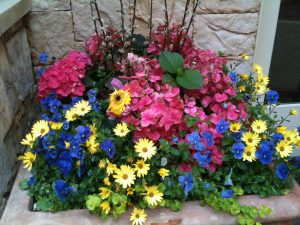 Think of containers as constantly evolving props – changing with the seasons and filling in when other garden stars fade. A container and its plants should always complement their location and Wise suggests using container gardens all year long as landscaping supplements, garden focal points, or to accent an outdoor room décor.
Think of containers as constantly evolving props – changing with the seasons and filling in when other garden stars fade. A container and its plants should always complement their location and Wise suggests using container gardens all year long as landscaping supplements, garden focal points, or to accent an outdoor room décor.
Creating a successful container requires that you select plants that are tolerant of the same light and growing conditions. “Know who your plants’ friends are”, offers Wise who also lives by the motto – “same needs, same pot”. “Knowing whether your plants do best in full sun, part sun, part shade or full shade is a good starting point once you’ve determined the location of where your planter will live”, she adds.
GARDEN TIPS FOR THE CONTAINER ITSELF
A jaw-dropping display requires a large container, but using the “rule of thirds” helps to take a bit of the apprehension out of creating a jaw-dropping container. For the geeky-types, like us, who keep track of these things, the “rule of thirds” is a trick used in painting, interior design and photography. The rule, applied to all containers, states that the container should comprise either one-third or two-thirds of the total height of the container plus the eventual height of the tallest mature plant. This creates the most pleasing proportion and you will see this ratio reinforced in the container examples we’ve included on these pages.
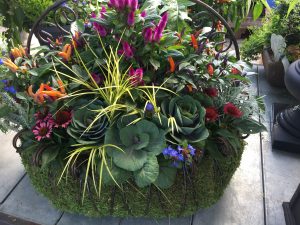 Other plant care factors to consider include making sure that your plants are adequately spaced to allow for growth and that the container itself has enough space for the growing root structure of the plants you’ve chosen. When you grow plants in containers and if you like to cram a lot of plants into your garden planters for a non-stop show, remember to leave a few inches of room between seeds or seedlings and plants to give them the best chance to thrive.
Other plant care factors to consider include making sure that your plants are adequately spaced to allow for growth and that the container itself has enough space for the growing root structure of the plants you’ve chosen. When you grow plants in containers and if you like to cram a lot of plants into your garden planters for a non-stop show, remember to leave a few inches of room between seeds or seedlings and plants to give them the best chance to thrive.
The size of gardening container, window box, or hanging basket depends on the space you have available on your patio or deck. One very large container will make a more dramatic statement than several smaller ones. Choose container construction that marries well with your decor. Terra cotta and wooden containers offer a more casual look and feel than a stone planter with elaborate decorations. The types of containers and container sizes you choose pots should complement your outdoor decor.
WATER, WATER – WATERING PLANTS
It isn’t a secret that all types of containers dry out more quickly than the ground does. Containers have less soil and they do dry out quickly especially later in the season when the plants are mature.
Make sure your container has good drainage. Wise advises container gardeners to gently water the potting soil in containers evenly until water just starts to seep through drainage holes. And, if possible, keep containers close to a watering source to minimize water hauling.
Selfwatering containers are a good idea if you travel frequently or if watering plants is not on your regular to do list and top of mind. Pay attention to how long the water lasts in your pot’s reservoir and you will have a good idea of when to check water levels going forward.
One DIY method for watering your container garden is to fill an empty litre bottle with water and turn it upside down. Make sure the mouth of the bottle is dug deep into the potting soil. The water will drip out of the bottle as the soil becomes dryer providing a steady watering of your container plants.
FEED AND WEED YOUR GARDEN PLANTERS
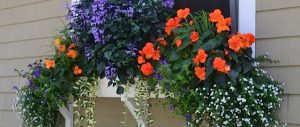 Dead-heading and pruning your container plants will keep your plants under control throughout the season, and have the added benefit of producing thicker, bushier plants with more blooms. Slow-releasing granular fertilizer is necessary to achieve show-stopping containers because of the limited space for plant roots. Mid- to late growing season, you can also apply a liquid fertilizer for a much needed boost.
Dead-heading and pruning your container plants will keep your plants under control throughout the season, and have the added benefit of producing thicker, bushier plants with more blooms. Slow-releasing granular fertilizer is necessary to achieve show-stopping containers because of the limited space for plant roots. Mid- to late growing season, you can also apply a liquid fertilizer for a much needed boost.
Finally, Mother Nature is usually right. Plants that thrive in a certain season will usually always coordinate well with each other. Any spring flowers will marry well with any others you happen to choose.
We hope you have enjoyed this guide to container gardening and that you will gain inspiration from the examples we’ve chosen to showcase. We waited longer than usual to enjoy spring flowers this year and their vivid colors will serve to erase the memories of our too long winter.
Final Container Gardening Tips – Pot Like a Pro
1. Make sure the pot has adequate drainage holes and that each hole in the bottom is covered with a mesh screen to prevent soil from washing onto your patio or deck.
2. Use a good quality potting soil and fill pot up to a few inches from the top rim which should leave enough room for existing root balls and soil.
3. Work slow-release fertilizer evenly into the soil for your container to a depth of six to eight inches.
4. Start with the largest plants first and work your way out to the edges of the container with progressively smaller plants. Make sure each root ball is covered with no more than one-half inch of soil.
5. Slowly water the entire container until excess water begins to seep out of the drainage holes. Slow, gentle watering allows the soil to absorb water more effectively.

